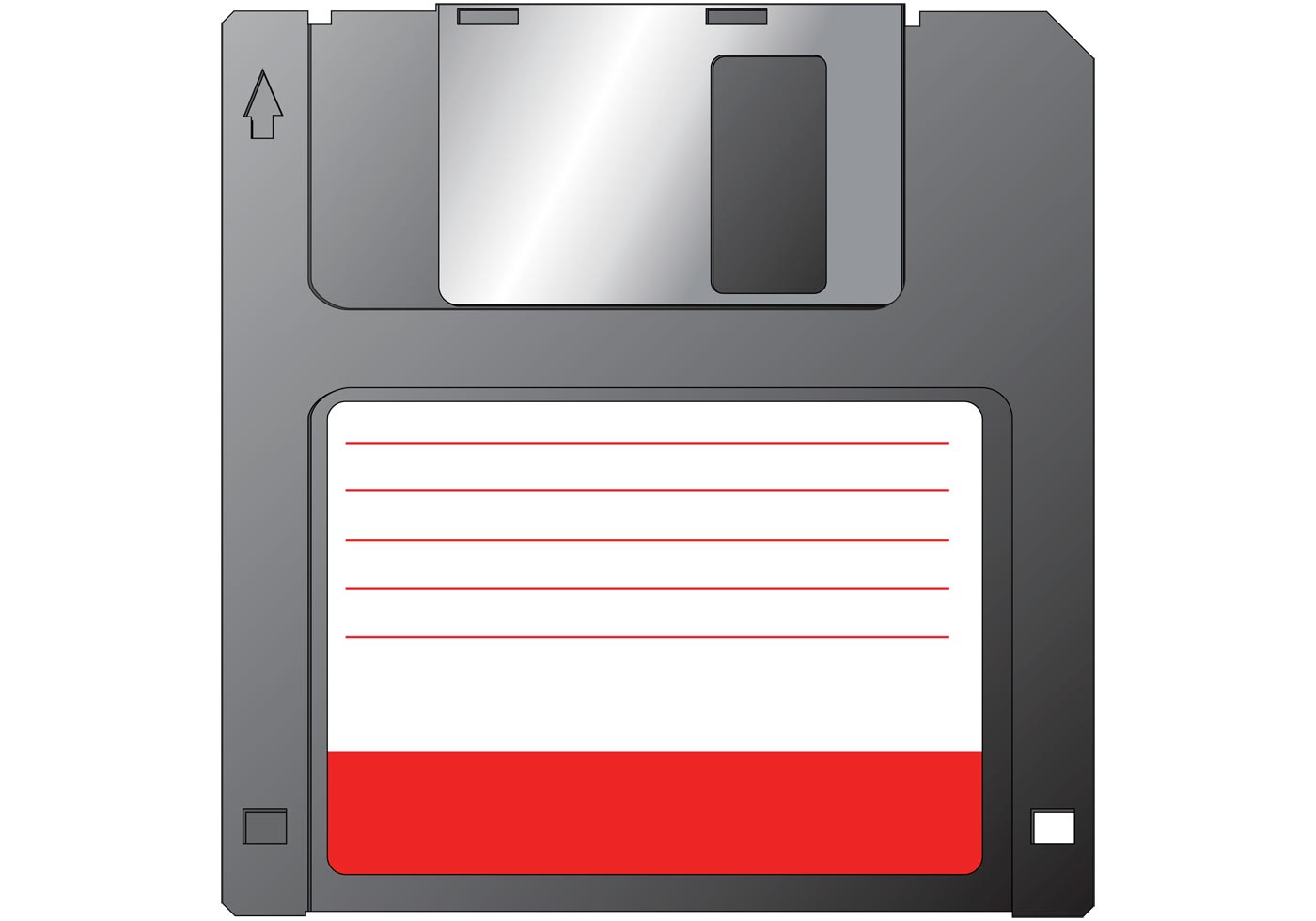Description
Unusual ebook covering ecommerce web design, SEO secrets, shopping cart software and international merchant accounts.
GET:
– Your own offshore bank account
– Offshore company formations
– An international merchant account
– Order pulling words
– Secure your website
– Internet marketing surprises
– Higher Google rankings
– Free software!
Ebook. PDF.
If you share files with others, and especially if you need to keep content secure, you should be using sodapdf.com a PDF software.
Excerpt:
The Bumper Book Of Ecommerce
By T. O’ Donnell, TigerTom.com
- Simple Web Design
- Merchant Accounts
- Script Debugging
- Web Hosting
- More Web Design
- SEO
- Software
- Marketing
- Security
- Miscellaneous
Note: This ebook is a monster. Some content dates back to 2001. I’ve edited it but some links may no longer work.
T. O’ Donnell, London Oct. 2013
READ THIS
Find a product or service:
• Which you love;
• Which there is a sufficient demand for;
• Which has weak competition;
• Which you can make a fat, net profit on;
• Which you know well;
• Which you can be the best at.
Make it faster or cheaper or better than your competition.
This ensures your success. Miss out one or more of these and you will struggle.
Search engines. These should be ignored. Put links to your goods in places where potential buyers are.
The search engines will notice greater electronic interest in your site and the referrals will follow.
It is deadly to make an honest ecommerce website and then use mere tricks to get search engine interest. Their algorithms WILL change and your site, having markers of SEO, gets filtered out.
Web Design.
Making a Web Page.
Making a page to be viewed on the internet is simple. Open a new page in your text editor [NOT a fancy word-processor], and type the following:
Custard.
Now save it as a text file with the file extension .html.
There. You just made a web page with the word ‘custard’ in it. This is a good web page, because it’s simple, and it’ll load like lightning in the buggiest browser on the slowest internet connection.
The more HTML code and images there are in a web page, and the more files it calls, the slower it loads, and the more likely it won’t be optimized for viewing by your customer.
Unfortunately for the commercial webmaster, these are often not considerations for his boss. In fact the reverse is the case. The boss wants to see his money on that thar’ web page, so animated gifs and frames and Macromedia Flash and Java and JavaScript are the order of the day.
The internet is currently used to present the same data as might be run locally as a program on the surfer’s pc; effectively, business presentations.
The only problem is the internet was designed to send discrete blocks of simple text, and not every surfer has a 7GHz pc with the latest bloated software on it.
By designing a web page you are taking your first steps into computer programming, and the first rule of computer programming is KISS; Keep It Simple, Stupid.
Why?
Because computers, unlike humans, operate in a linear, logical fashion. The more variables there are in a program, the more likely it is to exit with an error immediately. This can be very frustrating, and a great waste of time and energy, so Keep It Simple.
To return the HTML [Hyper Text Mark Up Language]. What else do you need to know?
Well, HTML is made up of ‘tags’ like the two above, and the text between the tags.
The text between the tags is affected by the tags.
The tags tell the browser how to display the text. Depending on what the tags are, it may become a hyperlink or just display differently.
You don’t need to know HTML to make web pages, in the same way you don’t need to be a computer programmer to write a document in Microsoft Word.
As you progress however you’ll find yourself using the ‘view source code‘ function in your browser or HTML editor to see exactly what’s going on in the page, and correcting any little quirks.
Just find a simple page on the web or your pc, and use the ‘view source’ option in your browser to see the HTML code.
A lot of web pages are made by WYSIWYG [What You See Is What You Get] editors, so there may be a lot of formatting junk in the code. Find a simple page, and open it up.
And that’s it really. Like anything else on the web, you need to search, read and practice. If it’s a web-related topic be sure there’s lots of information about it on the web itself. All you need to do is go to a search engine and type in related keywords.
Webmasters should also note that browsers may not support exactly the same set of tags; what works in one may not work in another.
This is why some sites are optimised for one or the other, and surfers may find themselves re-directed to an optimised site by some clever .htaccess coding. Making sites on the same domain optimized for one or the other browser doubles your workload, so try to avoid doing this. If you are an employee, just tell your boss it’ll double his costs to do so.
Webmasters often whine that their lovely code won’t work in this or that browser. Or that they’ve uploaded it to the server, and now it won’t work. If they researched the mechanics of the internet itself, which is basically held together with sticky tape and good wishes, they’d be glad their pages displayed at all.
This book is about the nitty-gritty of commercial web design, from the ecommerce perspective i.e. what you are NOT likely to find searching around in a search engine, because for every 100 webmasters tiddling around with Dreamweaver, there’s one wrestling with password protection, PHP, hacking, databases and SSH. This book is for that man.
Web Design Tips and Tricks.
1. Stitch your pages.
Use Server-Side-Includes or a database. Make pages out of standard header and footer files. The content of the page forms the body. In this way you can make global changes to your site in minutes. The site has a uniform look.
2. Make it obvious.
Your site should have only one purpose. Each page should have its individual purpose. What do you want the surfer to do? Make it glaringly obvious. Make all other links, images, buttons or text smaller and less obvious, or better, remove them.
Assume the surfer is stupid, drunk, or brain dead. Can they still get to what they want in five seconds?
3. Keep to a single style.
Having seen one page, a surfer should know exactly where to look on any other, to get what they want.
4. Cut the junk.
No one give a straw about your Flash intro. Fat graphics cause a page to load slowly. Java messes up some browsers. Some webmasters are arrogant enough to demand that surfers upgrade to view their site. Surfers are smart enough to go to a faster one.
5. Not all tags are equal
- Indenting text makes it look ragged. Use sparingly.
- Font size 1 should be used only on inessential text – ‘the small print’.
- Centre headings, indent the rest.
- Break text into short paragraphs.
- Use a single table of width 65% to columnate your text; it’s easier to read.
- A TITLE tag tells what the page is about, in the corner of your eye.
- FrontPage inserts tags that Dreamweaver recognises, but can’t remove directly; more Microsoft proprietary garbage.
6. Interaction is a buzz word.
Make your site as playable as a pinball machine. Chat rooms, discussion boards, games, polls. Better yet, have one single great feature; that’s what they’ll remember, and tell their friends about.
7. A Logo.
A logo should be a picture. The picture should symbolise your site. We learned to draw before we could read. The brain retains symbols much more easily than text.
Internet Merchant Accounts For Innocents Abroad.
The author’s experiences in searching for an internet merchant account.
If you want to sell on the internet, you need to accept credit cards. To accept credit cards, you need a merchant account, or access to one. There’re two ways of getting this: Get your own merchant account, or ‘pimp’ off someone else’s.
The latter is the option most new merchants choose. You use a third-party to process your payments, and they take percentage. Here are a few popular ones:
PayPal.com (http://www.paypal.com)
I don’t recommend them as your main processor. See http://www.paypalsucks.com. PayPal is popular because it was ‘firstest with the mostest’ on auction sites. For this reason, eBay bought them out.
PayPalSucks.com alleges that if you have a bad order they freeze your account. They can even dip into your bank account to make up any shortfalls. Mitigating circumstances are ignored. I’ve read enough complaints about PayPal on webmaster forums to heed them.
The usual rejoinder is: “But I’ve never had any problems with PayPal”. To which is usually retorted “Just wait ’till you get a chargeback!”
A chargeback occurs when someone asks their credit-card company for a refund. They say they didn’t get the goods, or they never made the order, or the goods were not as advertised. This is passed on to the processor, who in turn debits the merchant. Or drops him entirely. You don’t want too many of these.
I’ve used them for years for small amounts, with no problem, but on the basis of others’ complaints in webmaster forums, I wouldn’t use them for large ones. Don’t leave large amounts ‘on deposit’ in any internet-based company; they’re not banks, and even banks go bust occasionally.
The best use for PayPal is to entice customers who already use it. Find another provider to be your main one. One like …
2Checkout.com (http://www.2checkout.com)
This is a factoring service like PayPal. Unlike them, they have a pretty good reputation with webmasters. Like PayPal, they don’t provide you with a merchant account; they process your orders through their own.
This is why such sites have to be very strict; they are answerable to their own merchant account provider. Too many bogus orders, and they go out of business.
This is why third-party factoring services like 2Checkout are very useful to a newbie merchant: fraud prevention. They can screen out suspicious orders.
Most merchants would like to think they can sell worldwide. The fact is most of the world is poor; MOST countries can’t afford your goods. So some citizens try to get them fraudulently.
A smart merchant would bar most of the world from accessing his cart, and only accept orders from the USA, Canada, western Europe, Australia and New Zealand, and his home country. Harsh, but you’ll sleep better at night.
WorldPay (http://www.worldpay.com)
A well-regarded service. I found adding it to the Oscommerce cart (http://www.oscommerce.com) a bit of a chore, but it worked. More expensive to join than 2Checkout. You don’t hear many gripes about WorldPay, which is rare in webmaster circles.
ClickBank.com (http://www.clickbank.com)
Handy if you’re selling a few items of inexpensive software to start off your business. They’ll let you up the price once they’re sure of you. I managed to get them to go up to $150 (whoo!). I was very jealous of their system. It’s well designed and extremely ‘viral’; they’re basically a huge affiliate program. Join ClickBank, and others will try and sell your product for you.
They allow you to block whole continents from trying to buy your product, and that is good. The odds are that a $20 order for an ebook, from a third-world country, is fraudulent.
If an order looks dodgy, it probably is. Contact the customer by ‘phone or email. If you don’t get a satisfactory reply, refund the card.
When you’re making $1000+ a month, get your own merchant account.
MerchantSeek (http://www.merchantseek.com)
A useful collection of affiliate links to merchant account and processing providers. Scroll down their front page to their search tool. You can find an account that suits your needs. This is most helpful to non-U.S. merchants, or those seeking ‘international merchant accounts’.
In the UK, look for ‘merchant services’ at:
Barclays bank (http://www.barclaycardmerchantservices.co.uk)
Bank Of Scotland (http://www.bankofscotland.co.uk)
Royal Bank Of Scotland (http://www.rbs.co.uk)
NatWest (http://www.natwest.com)
Streamline (http://www.streamline.com)
UK processing services are:
Netbanx (http://www.netinvest.co.uk)
Secpay (http://www.secpay.com)
Protx (http://www.protx.com)
Having one’s own merchant account means paying less in processing fees.
IMPORTANT: You should specify up-front that you are looking for an internet merchant account. Internet transactions are viewed as higher risk than those by bricks-and-mortar businesses. The technical term is ‘card not present’.
Some things you may need, if applying for an internet merchant account of your own:
- Business bank account;
- Copy of the articles of incorporation of your company;
- Photocopy of your return policy information
- Photocopy of a voided cheque for said account;
- Trade references;
- Photocopy of your driver’s license or passport.
In short, you need to prove that both you and your company are what you say they are. Your account provider is taking a chance on you. You might send them a ton of bogus orders. A bank is a business too, not a community service. Help them to make the right decision! The more you can establish that you are bona-fide, the lower the cost of your account.
Things to avoid, if you can:
a) Expensive credit-card processing software rental or hire-purchase.
b ) High discounts (the % of your sales they keep).
c ) Fat fees up front (anything over $500 is a joke).
d ) Salesmen calling you up with a spiel.
e ) Monthly fees.
f) Getting lumbered with hiring their shopping cart as well.
Things to look out for at sites offering merchant accounts:
If you need to maintain a U.S. presence – full U.S. incorporation, U.S. server, U.S. offices, U.S. bank account – or NOT.
Also if they want a deposit, and the size of their application fee. And the usual monthly minimums, discounts etc.
Avoid getting into any software purchase or equipment rental. You can sort all that out later, for less money. There are plenty of good payment gateways, like Authorize.net (http://www.authorize.net) just itching for your business.
PS: Don’t accept a merchant account from an Eastern European bank. I did, some years ago. The bank went bust. One guy wailed on Usenet that he’d lost $10,000 dollars. Luckily for me, business was bad that year!
Help, My Script Isn’t Working!
A list of tips on how webmasters can make CGI scripts work and avoid errors.
Here’s a list of tips and tricks to consult at two am when you’re trying to put your site to bed and that d*mn script just won’t work.
1. Make a note of the error message, and type it in Google. Leave out your unique paths and file names. Someone else has had the same problem, and some nice person will have posted a solution.
2. If it’s a server error, repeat what caused the error. Go quickly to the error log on your web hosting control panel. Any clues there?
3. Read the README file. Have it open on-screen when you’re setting up the script.
4. Use a text editor like Wordpad or Notepad to edit scripts. Simply put, your editor should not change anything beyond the bare text that you type on screen. Microsoft Word will alter your formatting, with unhappy consequences.
5. Avoid wrapping lines. Check that your editor is not set to do this.
6. Avoid putting characters like ” , ‘ \ in if you don’t know what you’re doing.
The server may read these as programming code. Apostrophes and other non-alphabet characters can be ‘escaped’ out of a script by putting a \ in front of them e.g. TigerTom\’s Site.
7. Get the paths to required files correct in the script itself and in the html files involved. Telnet to your site, and use the pwd command: ‘pwd somename’(without the apostrophes) to find where directories and programs are on your server.
8. Windows (MS-DOS) may insert carriage returns which cause errors in Unix. In Perl, You need to have a line break after #!/usr/bin/perl. It appears to be there, but you may have to insert it manually via Telnet. Otherwise you may get an error.
9. Permissions: Set permissions of scripts to 705 (e.g. ‘CHMOD 705 yourscript.cgi’ in a telnet session). CHMOD 606 for text files the script may need to read or write to. CHMOD 707 any file or sub-directory the script author asks you to. The rest can usually be left at the default 644.
(The use of 0 here in permissions is to stop people in the same ‘group’ as you peeking at your files).
10. Upload scripts in ASCII mode only, or you’ll get errors in them (the text will be shifted around if you upload in Binary).
FTP files with the extensions .tar.gz, .zip, and image files, in BINARY mode only.
11. Check whether you’ve put a trailing backslash / where you’re not supposed to, or not inserted one when you’re supposed to!
12. Email addresses in a script may need to be written user\@yourdomain.com work.
13. Don’t change too many things at once. Do the absolute minimum to get the script working, then change one thing at a time.
14. If you are changing the HTML code of a form page that posts to the script: Clear your browser’s cache. You may still be loading an old version of your page, with tags that your script now won’t recognise.
Your ISP may also be using its cache of your web page. Try connecting via another ISP, or use a proxy service like http://www.Anonymouse.ws to view your page.
15. The error ‘document contains no data’ in your browser usually means a path or a file name is wrong. It can also mean the file you’re calling is 0 bytesin size.
16. Don’t try setting scripts up when you’re tired. If you’ve been working for hours, take a break, or go to bed!
17. It’s a fact that, after all this, your script might have a bug. Check any discussion boards at the vendor’s website, or general webmaster forums, to see if this is a common problem. Report exactly what problems you’re having, and your server set-up, to the programmers. It’s unlikely you’re the first person to have it.
Shopping Carts
These rise and fall and fall in and out of favour. Support dwindles and the crowd moves on. At the time of writing the following are popular: …





